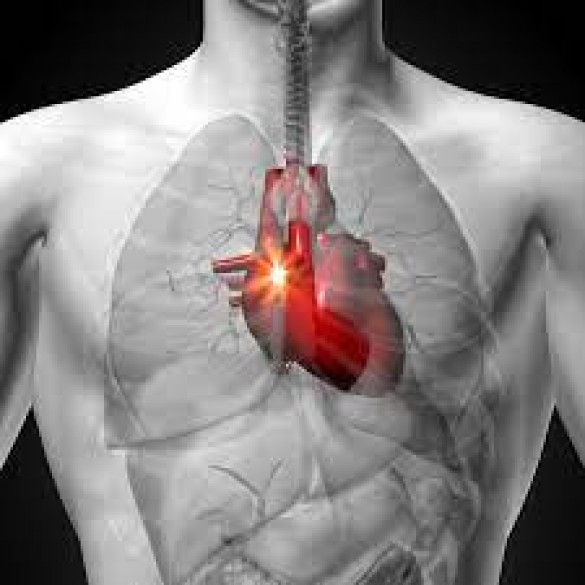
Chest pain often sends alarm bells ringing, leading many to immediately think of a heart attack. However, it's crucial to recognize that not all chest pain stems from cardiac issues. In fact, the lungs play a significant role in this complex symphony of discomfort.
When the chest becomes a battlefield of pain, the first instinct is to assume a cardiac origin. While heart-related issues are undoubtedly serious, they are not the sole culprits behind every twinge and ache in the chest.
The quintessential villain in the chest pain narrative, a heart attack occurs when blood flow to a part of the heart muscle is blocked. Recognizing the signs is vital for prompt action.
Often mistaken for a heart attack, angina is chest pain or discomfort caused by reduced blood flow to the heart muscle. It's the heart's way of signaling distress.
Inflammation of the lungs due to infection can manifest as chest pain. Understanding the subtleties is crucial for accurate diagnosis.
When the membranes surrounding the lungs become inflamed, it leads to pleurisy, causing sharp chest pain. Unraveling this enigma is key.
Not just confined to wheezing, asthma can also trigger chest pain. Navigating the nuances of this respiratory condition is essential.
COPD, encompassing conditions like chronic bronchitis and emphysema, can contribute to persistent chest discomfort. Untangling these threads is crucial for effective management.
From X-rays to CT scans, these diagnostic tools play a pivotal role in unveiling the source of chest pain, be it heart or lung-related.
Measuring lung capacity and function through PFTs aids in identifying respiratory issues that may be causing chest pain.
Distinct conditions demand specific medications. Understanding the targeted approach is key for effective pain management.
From quitting smoking to incorporating regular exercise, lifestyle changes play a pivotal role in mitigating chest pain associated with lung issues.
Establishing open communication fosters a deeper understanding of symptoms, enabling a more accurate diagnosis.
Recognizing that health is a multidimensional spectrum ensures a comprehensive approach to chest pain management.
Tailored programs aid in the recovery journey, whether from a cardiac event or a lung-related issue, ensuring a holistic approach to well-being.
Acknowledging the emotional toll of chest pain and providing support is integral to the recovery process.
Arming individuals with knowledge about factors contributing to chest pain empowers them to make informed lifestyle choices.
Given the link between smoking and lung issues, comprehensive programs can facilitate smoking cessation, reducing the risk of chest pain.
By dispelling myths and fostering understanding, we can contribute to destigmatizing lung-related chest pain.
Creating a supportive environment within communities encourages individuals to seek help for chest pain without fear of judgment.
Ongoing research paves the way for advancements in both cardiac and pulmonary healthcare, offering hope for more effective treatments.
The future holds promise for a seamless integration of cardiac and respiratory care, ensuring a unified front against chest pain. Understanding chest pain goes beyond the immediate fear of a heart attack. It involves unraveling the intricate interplay between cardiac and pulmonary factors. By embracing a holistic approach to healthcare, we can navigate the complexities, providing individuals with tailored solutions and a roadmap to recovery.
BSF Thwarts Drone Threat: Downed 100+ Drones, Apprehended 37 Smugglers in 2023
Bridges, Roads, and Now Ponds: Examining the Audacious Thefts Challenging Bihar's Law and Order
All India Pregnant Job Scam: Bihar Police Unravel Extensive Cyber Syndicate